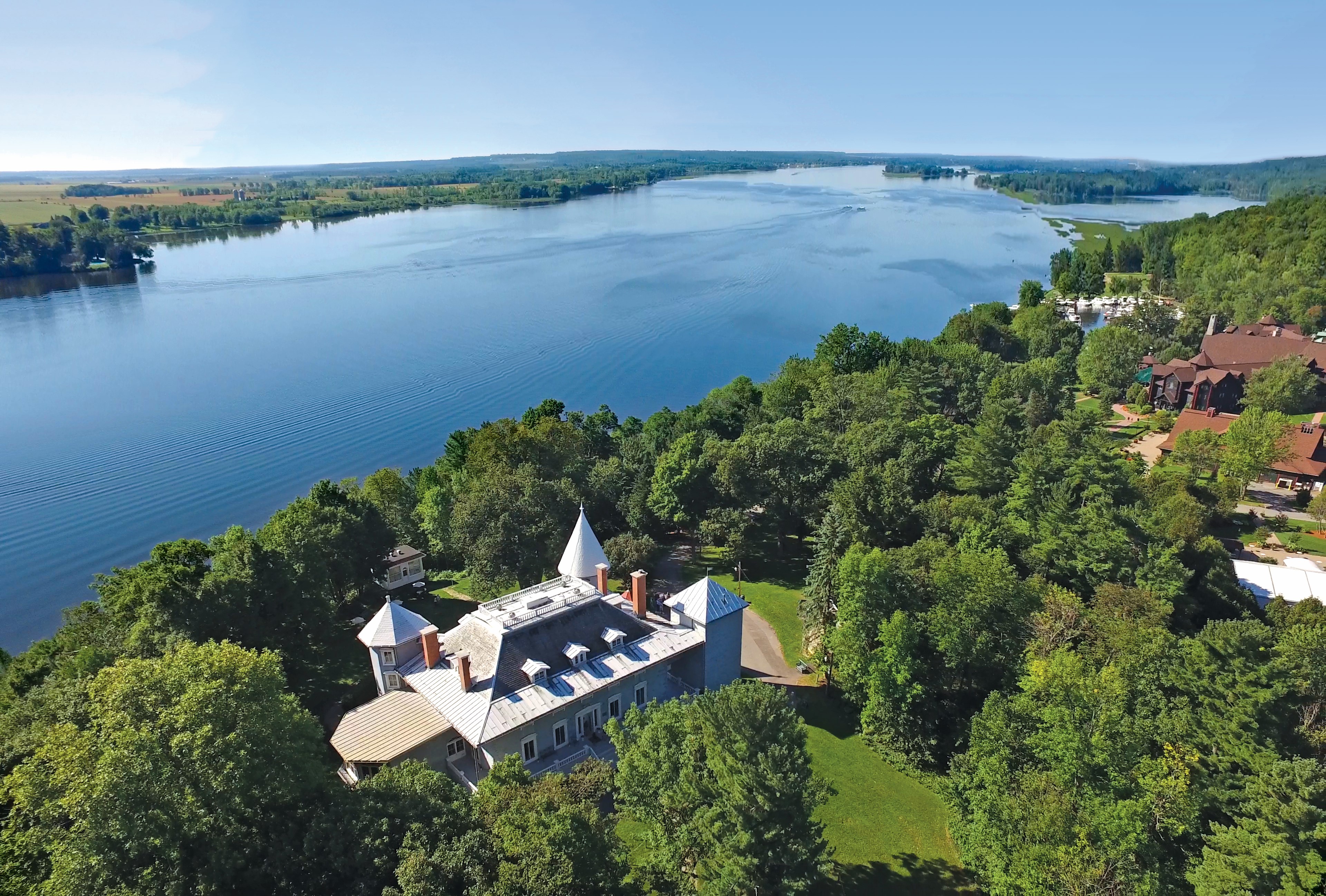Philemon Wright was instrumental in the development of what would become the City of Hull in 1875. He was born in 1760 in the United States, into a farming family. In 1800, taking advantage of the opening of North America to American settlement, Wright set out for Hull Township with a few families and workers. His goal was to establish a self-sufficient agricultural colony. The group began building a village near Chaudière Falls, a village that later became known as Wright’s Town.
A true businessman, Wright quickly recognized the potential of the region’s forest industry. In 1806, he was the first to bring a raft of square timber to Quebec City to sell his cargo. In 1814, with his sons, he founded Philemon Wright and Sons to expand his business. He died in 1839.
Learn more about this historical figure by clicking this button.


